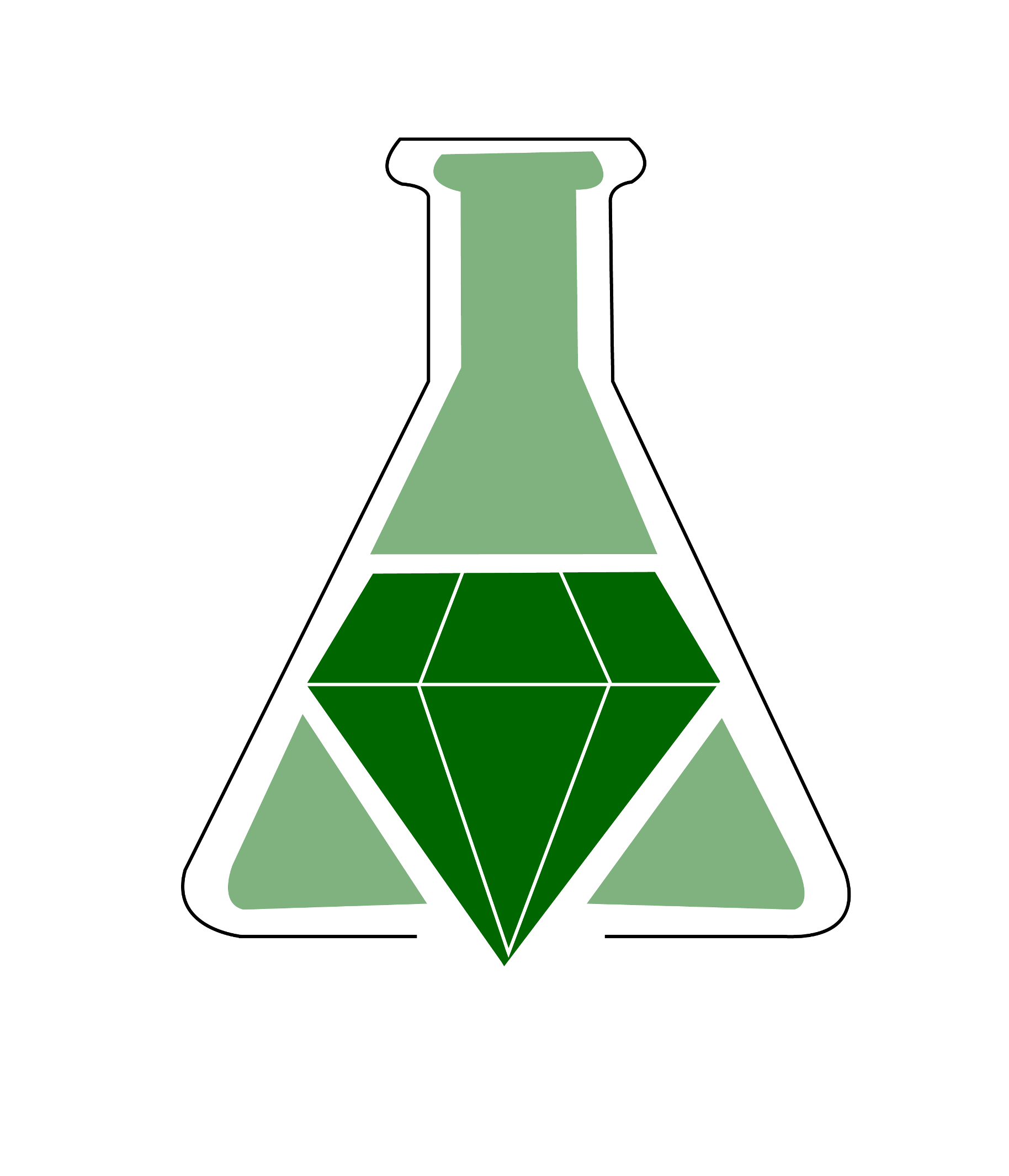Greening the Blue Bottle

Summary
The Blue Bottle demonstration, involving the colorful redox cycling of methylene blue, is often used to introduce and illustrate the scientific method to younger science students and to study reaction rates and mechanisms with advanced high school and university students. This paper describes a greener blue bottle demonstration that reduces the total amount of material used in the demonstration and improves the safety of the demonstration by reducing the pH of the reaction from a strongly basic solution to one with a pH of 3.0. In the revised protocol, the dye cycles between the oxidized (blue) and reduced (colorless) state in the presence of atmospheric oxygen (oxidant) and ascorbic acid (vitamin C, reductant). The description also includes a protocol for running the same reaction using consumer products thus, expanding the use and application of this demonstration outside the traditional chemistry classroom.
Summary prepared for the original GEMs database May 2005 by Julie A. Haack, Department of Chemistry at the University of Oregon.
Greening the Blue Bottle
Whitney E. Wellman, Mark E. Noble, and
Journal of Chemical Education 2003 80 (5), 537
DOI: 10.1021/ed080p537
Summary prepared for the original GEMs database May 2005 by Julie A. Haack, Department of Chemistry at the University of Oregon.
Greening the Blue Bottle
Whitney E. Wellman, Mark E. Noble, and
Journal of Chemical Education 2003 80 (5), 537
DOI: 10.1021/ed080p537
Safety Precautions, Hazards, and Risk Assessment
See published journal article.
Link to external
